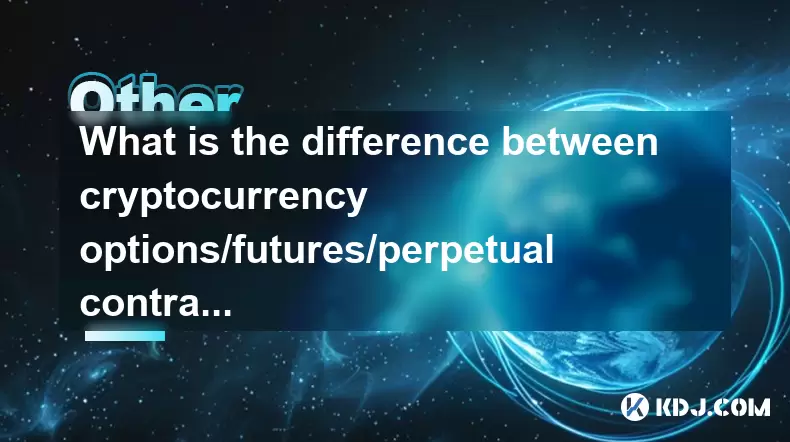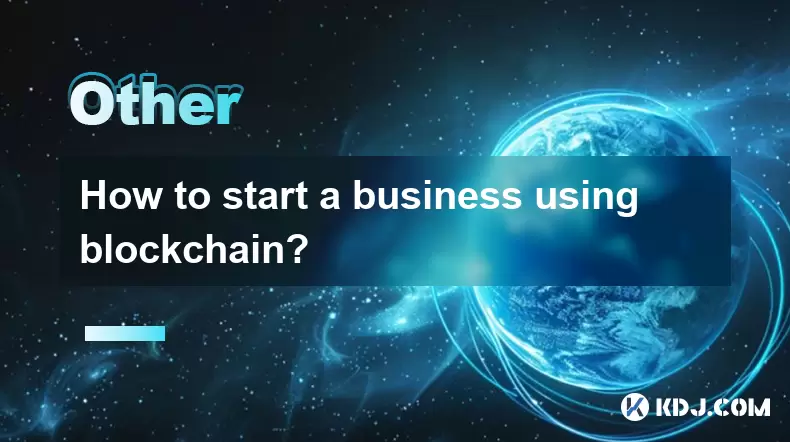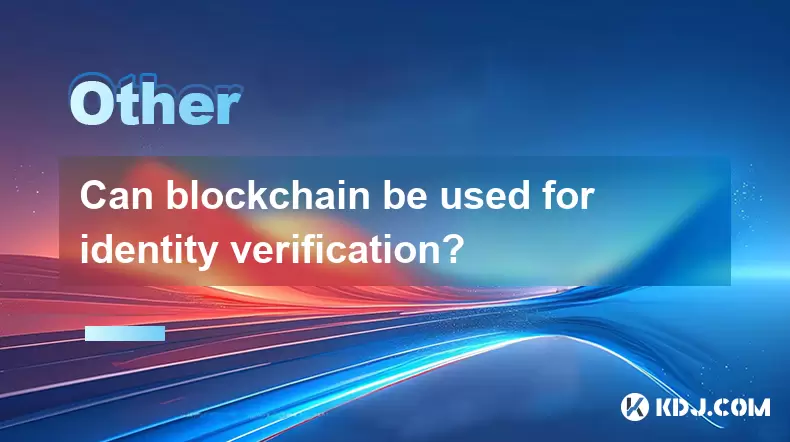-
 Bitcoin
Bitcoin $114800
-3.31% -
 Ethereum
Ethereum $3641
-5.84% -
 XRP
XRP $2.948
-6.36% -
 Tether USDt
Tether USDt $0.9998
-0.03% -
 BNB
BNB $772.4
-3.97% -
 Solana
Solana $169.1
-6.68% -
 USDC
USDC $0.9999
-0.01% -
 Dogecoin
Dogecoin $0.2056
-8.09% -
 TRON
TRON $0.3247
-0.18% -
 Cardano
Cardano $0.7239
-7.43% -
 Hyperliquid
Hyperliquid $39.71
-8.60% -
 Stellar
Stellar $0.3912
-7.84% -
 Sui
Sui $3.510
-10.17% -
 Chainlink
Chainlink $16.59
-8.03% -
 Bitcoin Cash
Bitcoin Cash $560.5
-3.65% -
 Hedera
Hedera $0.2464
-10.08% -
 Avalanche
Avalanche $22.03
-7.87% -
 Ethena USDe
Ethena USDe $1.001
-0.02% -
 UNUS SED LEO
UNUS SED LEO $8.947
0.21% -
 Toncoin
Toncoin $3.389
-2.58% -
 Litecoin
Litecoin $104.9
-5.23% -
 Shiba Inu
Shiba Inu $0.00001220
-6.67% -
 Polkadot
Polkadot $3.652
-6.10% -
 Uniswap
Uniswap $9.213
-9.05% -
 Monero
Monero $307.2
-2.93% -
 Dai
Dai $0.9998
-0.02% -
 Bitget Token
Bitget Token $4.367
-2.89% -
 Cronos
Cronos $0.1374
-6.80% -
 Pepe
Pepe $0.00001056
-8.65% -
 Aave
Aave $257.3
-7.31%
What is the difference between cryptocurrency options/futures/perpetual contracts? Introduction to derivatives trading
Cryptocurrency derivatives like options, futures, and perpetual contracts offer traders tools for risk management, speculation, and leverage in the crypto market.
May 31, 2025 at 03:42 am

Cryptocurrency derivatives trading has become an integral part of the digital asset market, offering traders advanced tools to manage risk, speculate on price movements, and leverage their positions. In this article, we will delve into the key differences between cryptocurrency options, futures, and perpetual contracts, providing a comprehensive introduction to derivatives trading within the crypto space.
What are Cryptocurrency Derivatives?
Cryptocurrency derivatives are financial instruments that derive their value from an underlying asset, in this case, cryptocurrencies like Bitcoin or Ethereum. These instruments allow traders to speculate on the future price of the asset without owning it directly. The primary types of cryptocurrency derivatives include options, futures, and perpetual contracts, each with distinct characteristics and use cases.
Cryptocurrency Options
Cryptocurrency options are contracts that give the buyer the right, but not the obligation, to buy or sell an underlying cryptocurrency at a specified price (strike price) on or before a certain date (expiration date). Options are divided into two categories:
- Call options: These give the buyer the right to purchase the underlying asset at the strike price.
- Put options: These give the buyer the right to sell the underlying asset at the strike price.
Key features of options include:
- Flexibility: Options allow traders to hedge their positions or speculate on price movements with limited risk.
- Leverage: Traders can control a large amount of cryptocurrency with a relatively small investment.
- Expiration: Options have a finite lifespan, expiring on a set date, after which they become worthless if not exercised.
Cryptocurrency Futures
Cryptocurrency futures are standardized contracts that obligate the buyer to purchase, and the seller to sell, a specific amount of the underlying cryptocurrency at a predetermined price on a specified future date. Unlike options, futures contracts are binding agreements.
Key features of futures include:
- Obligation: Both parties are obligated to fulfill the contract terms upon expiration.
- Settlement: Futures can be settled in cash or physically, depending on the contract terms.
- Leverage: Similar to options, futures allow traders to leverage their positions, amplifying potential gains or losses.
Cryptocurrency Perpetual Contracts
Cryptocurrency perpetual contracts, also known as perpetual swaps or perpetual futures, are a type of futures contract with no expiration date. They are designed to closely track the spot price of the underlying cryptocurrency.
Key features of perpetual contracts include:
- No expiration: Unlike traditional futures, perpetual contracts do not have an expiration date, allowing traders to hold positions indefinitely.
- Funding rates: To ensure the contract price aligns with the spot price, perpetual contracts use a funding mechanism where long and short positions pay each other based on the difference between the contract price and the spot price.
- High leverage: Perpetual contracts often offer higher leverage than traditional futures, attracting traders looking for amplified exposure.
Comparing Options, Futures, and Perpetual Contracts
Each type of derivative serves different purposes and offers unique advantages:
- Risk management: Options are often used for hedging, as they provide the right but not the obligation to trade. Futures and perpetual contracts, being binding, are typically used for more aggressive trading strategies.
- Leverage: All three types of derivatives offer leverage, but perpetual contracts generally provide the highest leverage, followed by futures and then options.
- Flexibility: Options offer the most flexibility due to their non-binding nature and the ability to choose between buying or selling. Futures and perpetual contracts are more rigid, with set terms and obligations.
- Duration: Options and futures have defined expiration dates, while perpetual contracts can be held indefinitely.
Trading Cryptocurrency Derivatives
Trading cryptocurrency derivatives involves several steps and considerations:
- Choosing a platform: Select a reputable exchange that offers the type of derivatives you wish to trade. Popular platforms include Binance, Bybit, and Deribit.
- Understanding the contract specifications: Familiarize yourself with the contract size, expiration date (for options and futures), leverage options, and settlement methods.
- Setting up a trading account: Create an account on the chosen platform, complete the necessary KYC (Know Your Customer) procedures, and deposit funds.
- Placing orders: Use the platform's interface to place orders for the derivatives you want to trade. Common order types include market orders, limit orders, and stop orders.
- Managing risk: Implement risk management strategies such as setting stop-loss orders, diversifying your portfolio, and only trading with funds you can afford to lose.
- Monitoring and closing positions: Keep track of your open positions and market conditions. Close or roll over your positions as needed, especially for options and futures with expiration dates.
Conclusion
Understanding the differences between cryptocurrency options, futures, and perpetual contracts is crucial for any trader looking to engage in derivatives trading. Each type of derivative offers unique benefits and risks, and choosing the right instrument depends on your trading goals, risk tolerance, and market outlook. By mastering these tools, traders can enhance their strategies and navigate the dynamic world of cryptocurrency markets more effectively.
Frequently Asked Questions
Q1: What are the main risks associated with trading cryptocurrency derivatives?
A1: Trading cryptocurrency derivatives involves several risks, including:
- Market risk: The value of derivatives can fluctuate significantly, leading to potential losses.
- Leverage risk: High leverage can amplify both gains and losses, making it possible to lose more than the initial investment.
- Liquidity risk: Some derivatives may have low trading volumes, making it difficult to enter or exit positions at desired prices.
- Counterparty risk: The risk that the other party in the contract may default on their obligations.
Q2: How do funding rates work in perpetual contracts?
A2: Funding rates in perpetual contracts are periodic payments made between traders with long and short positions. If the contract price is higher than the spot price, long positions pay short positions. Conversely, if the contract price is lower than the spot price, short positions pay long positions. The funding rate is calculated based on the difference between the contract price and the spot price, and payments are typically made every 8 hours.
Q3: Can I trade cryptocurrency derivatives with fiat currency?
A3: Yes, many exchanges allow traders to use fiat currency to trade cryptocurrency derivatives. However, the availability of fiat trading pairs may vary depending on the platform and your location. Some popular fiat currencies used for trading include USD, EUR, and JPY.
Q4: What is the difference between cash-settled and physically-settled futures?
A4: Cash-settled futures are settled by paying the difference between the contract price and the spot price at expiration in cash, without the need to deliver the underlying asset. Physically-settled futures require the actual delivery of the underlying cryptocurrency at the contract's expiration. The choice between cash and physical settlement depends on the contract terms and the trader's preferences.
Disclaimer:info@kdj.com
The information provided is not trading advice. kdj.com does not assume any responsibility for any investments made based on the information provided in this article. Cryptocurrencies are highly volatile and it is highly recommended that you invest with caution after thorough research!
If you believe that the content used on this website infringes your copyright, please contact us immediately (info@kdj.com) and we will delete it promptly.
- Bitcoin, Ethereum, and Investor Behavior: A New York Minute on Crypto Trends
- 2025-08-01 15:10:12
- Tether's Q2 Triumph: USDT Supply Soars Amidst Profit Surge!
- 2025-08-01 15:10:12
- Ethereum ETF Holdings: A Corporate Treasury Revolution?
- 2025-08-01 15:30:12
- Ethereum's Wild Ride: Funding Rates, Price Drops, and Retail to the Rescue!
- 2025-08-01 15:30:12
- Ethereum Under Pressure: Crypto Market Drop Explained
- 2025-08-01 15:35:11
- Ethereum ETF Mania: Inflows Surge, Market Rises, What's Next?
- 2025-08-01 15:35:11
Related knowledge

How to start a business using blockchain?
Jul 28,2025 at 12:36am
Understanding the Basics of Blockchain TechnologyBefore diving into the process of starting a business using blockchain, it's crucial to understand wh...

What is a token on the blockchain?
Jul 21,2025 at 07:00am
Understanding the Concept of a TokenIn the realm of blockchain technology, a token is a digital representation of an asset or utility that exists on a...

Can blockchain be used for identity verification?
Jul 18,2025 at 02:14pm
Understanding Identity Verification in the Digital AgeIn the modern digital landscape, identity verification has become a critical component for ensur...

What is a consensus mechanism in blockchain?
Jul 21,2025 at 03:01am
Understanding the Basics of Consensus MechanismsA consensus mechanism is a critical component of any blockchain network. It refers to the process by w...

How to explain blockchain to someone with no tech background?
Jul 18,2025 at 11:08pm
Understanding the Basics of BlockchainTo explain blockchain to someone with no tech background, it's essential to start with simple analogies and avoi...

Who invented blockchain technology?
Jul 23,2025 at 01:28am
Origins of Blockchain TechnologyBlockchain technology did not emerge from a single inventor or institution. Instead, it evolved through a series of ac...

How to start a business using blockchain?
Jul 28,2025 at 12:36am
Understanding the Basics of Blockchain TechnologyBefore diving into the process of starting a business using blockchain, it's crucial to understand wh...

What is a token on the blockchain?
Jul 21,2025 at 07:00am
Understanding the Concept of a TokenIn the realm of blockchain technology, a token is a digital representation of an asset or utility that exists on a...

Can blockchain be used for identity verification?
Jul 18,2025 at 02:14pm
Understanding Identity Verification in the Digital AgeIn the modern digital landscape, identity verification has become a critical component for ensur...

What is a consensus mechanism in blockchain?
Jul 21,2025 at 03:01am
Understanding the Basics of Consensus MechanismsA consensus mechanism is a critical component of any blockchain network. It refers to the process by w...

How to explain blockchain to someone with no tech background?
Jul 18,2025 at 11:08pm
Understanding the Basics of BlockchainTo explain blockchain to someone with no tech background, it's essential to start with simple analogies and avoi...

Who invented blockchain technology?
Jul 23,2025 at 01:28am
Origins of Blockchain TechnologyBlockchain technology did not emerge from a single inventor or institution. Instead, it evolved through a series of ac...
See all articles

























































































